Polishing is an art as well as a science. This metal surface finishing method is one of the best means of creating parts with aesthetic appeal. Not only do these parts look great, but they also function better and last longer with a polishing surface finish. Metal surfaces often tend to tarnish over time. This is usually due to contact with degrading elements such as oxygen in the air. Contact with high temperature and wear levels also tend to compromise the surfaces of these metals.
However, a polished metal part is prevented from contamination and oxidation. It also creates a reflective surface while deterring corrosion to keep the surface in excellent condition. Polishing surface finish works great with a wide range of metals used in custom manufacturing. In this article, you will learn about the various polishing process in manufacturing. We will cover the different benefits of these processes and their multiple applications. Also, you will learn some essential tips needed for an adequate polishing process.
How Does Polishing Surface Finish Work?
Generally, polishing involves using an abrasive material to finish a metal surface. It aims at removing scratches and nicks from finished machined parts while improving their shine and luster. As a result of buffing a polished surface, we get a mirror-bright finish.
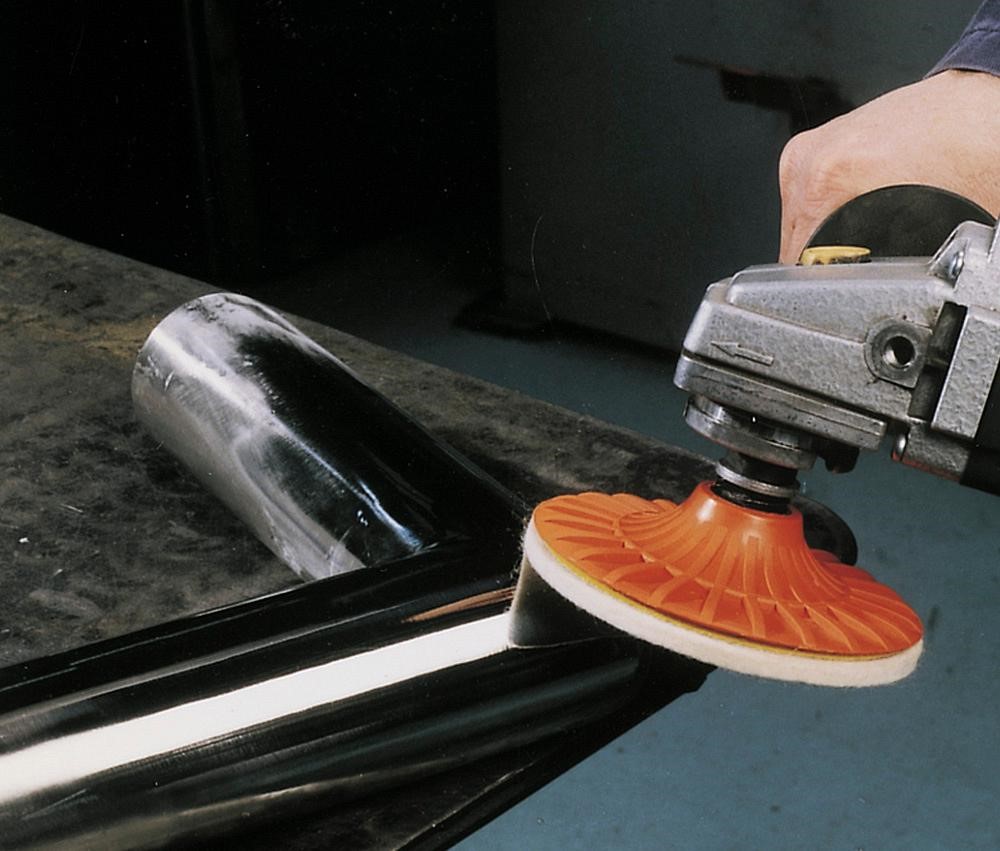
As mentioned earlier, the polishing process works great on a wide range of metal materials. The kind of metal your need to polish will determine the metal polishing process. For instance, automatic or robotic polishing is more suitable for hard metals, while softer ones may require manual polishing plus buffing.
In general, the polishing process in manufacturing consists of the following steps:
Step #1: Roughing
A CNC machining process may have included some welding and joining, leaving some scratches and defects on the metal surface. Therefore, there is a need to roughen up the surface in a bid to eliminate such defects. This process can be selectively done on certain parts of the component. A roto-orbital sander can also help roughen the entire part surface. Grinding small areas may require abrasives of about 32mm in diameter with grains between 1500 to 3000. On the other hand, abrasive disks of 150mm in diameter and 1200 or 1500 grain are more suitable for larger surfaces.
Step #2: Polishing
Once the roughing step is complete, a quick-cut abrasive past helps to brush up the affected area or the entire part surface. Thus, the polishing surface finish process uses wool berets and polishing sponges to help spread the abrasive paste. The sponges and berets come in different degrees of hardness. Hence, we can achieve a different polished surface grade for prototypes and custom parts. After the polishing process, a microfiber cloth can help with the effective cleaning of the surface.
Step #3: Brightening
The polishing step often leaves a nuanced surface after the process. Thus, it is vital to brighten the surface to recover its initial, or even better, appearance. The brightening process also offers uniformity to the finish of the whole component.
Step #4: Protecting
The ultimate aim of most finishing processes is to achieve a more durable and stronger component. Therefore, it is important to protect the final finish after brightening. Most manufacturers achieve this by applying a coat of protective wax, making the final polished surface even more durable.
Different Types of Polishing Surface Finish, and Their Pros and Cons
There are several methods of imparting and polished finish on surfaces of custom parts. Each of these methods has its benefits and drawbacks. Consequently, your choice of method will depend on several factors, including the product’s intended application, total cost, and many others. We shall cover this in the latter sections of this guide. Let’s take a look at the robust polishing surface finish methods available.
1. Mechanical Polishing
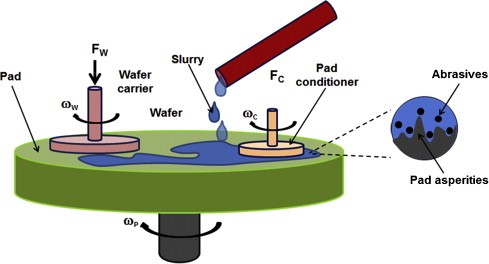
This polishing method is based on the plastic deformation or cutting of the surface of the material. It then obtains a smooth surface finish by removing polished convexities. Generally, the materials used in mechanical polishing include sandpaper, flat wheels, abrasive stick, etc. These materials are mainly suitable for manual operations. However, auxiliary tools like ultra-precision polishing and turntables are employed for surfaces needing high-quality finishes.
Ultra-precision polishing involves using special abrasive tools and pressing them against the surface of a processed workpiece. The whole process takes place at high-speed rotation in a polishing fluid that contains abrasives. This technology helps to achieve a surface roughness of about 0.008μm, which is among the best you can get for a polishing process. This method is suitable for making optical lens molds for injection molding.
Pros
- High brightness
- Improved surface finish
- Better surface cleanability
- Higher aesthetic appeal
- Reduced product adhesion
Cons
- High labor intensity
- Complicated parts can’t be treated
- Gloss may be consistent and may not last a long time
- Could be vulnerable to corrosion
2. Chemical Polishing
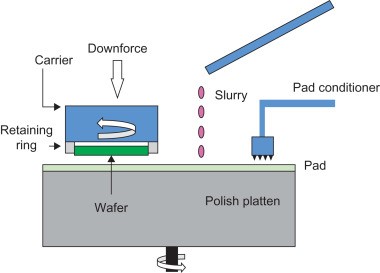
This type of polishing surface finish involves the preferential dissolving of the protruding part of a material surface in a chemical medium. The aim is to obtain a smooth surface at the end of the process. During the chemical polishing process, the chemical solution and galvanic couples affect the metal surface. Consequently, there is a formation of passivation layers.
Generally, chemical polishing has its direct result in smoothing and polishing the micro-roughness part. It also results in a parallel dissolution of the part’s upper layer.
Pros
- Workpieces with complex shapes can be polished
- Can work on several parts at the same time
- Less equipment investment
- High efficiency
- Good corrosion resistance
Cons
- It leads to inhomogeneous brightness
- Difficult to heat
- The process may release harmful materials
- It is difficult to adjust and regenerate polishing solutions
3. Electrolytic Polishing (Electropolishing)
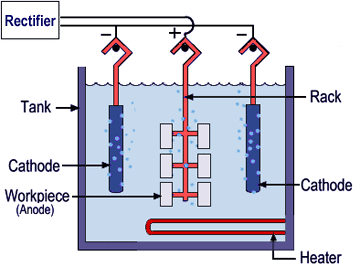
Many people refer to this type of polishing as electrochemical polishing. In some cases, you may hear anodic polishing. They all refer to a polishing surface finish that has a similar principle to chemical polishing. That is, this process also involves the use of chemical solutions to dissolve protrusions on metal surfaces to achieve a smoother surface finish.
However, when compared to chemical polishing, there is no effect of cathode reaction in electrolytic polishing. Also, the polishing effect, in this case, is much better. This polishing process removes excess materials from the metal component. This way, it levels up the valleys and micro-peaks on the part, reduces surface roughness, and improves the surface finish.
Pros
- Luster lasts longer
- Internal and external color is consistent
- It can help with an extensive range of mat
- Low cost, short cycle
- Encourages minimal pollution
- High corrosion resistance
Cons
- High investment in equipment
- Complex pre-polishing process
- Tooling and auxiliary electrodes needed for complex parts
Mechanical Polishing vs. Electropolishing: Which Polishing Surface Finish Process is Better for Your Application?
Electropolishing or electrolytic polishing has a clear advantage over mechanical polishing in rapid prototyping. It creates a smooth, bright, and highly corrosion and wear-resistant finish on the custom part.
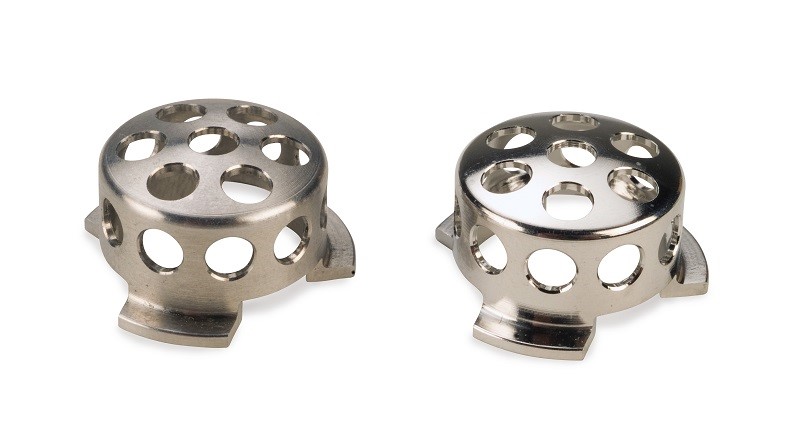
Other benefits electropolishing has over mechanical polishing include the following:
- It reduces the surface area of the material to a microscopic level. The result of this is an overall reduction in product adhesion and build-up of contamination. Also, it enables more efficient cleaning of the finished product.
- It deburrs materials at a faster rate. An innate characteristic of the electropolishing process is that it has greater current densities at high points and lesser densities at low points. Thus, the greater densities at high points ensure that burrs can be removed a lot faster. Thus, we have a smooth, clean surface at the end.
- It improves the aesthetics of the machined part. The proper electropolishing process smoothens and cleans up microscopic surfaces. A Polished metal (via the electropolishing process) comes with a lustrous appearance. In this case, all remaining imperfections get magnified, and visual inspection is more feasible.
Applications of Polishing Surface Finish
One significant benefit of a highly polished surface is its smoothness. That is, there is no chance for the lodging of dirt or microbes. Therefore, it enables easy cleaning to a point at which the part is sterile. Also, these parts tend to remain clean.
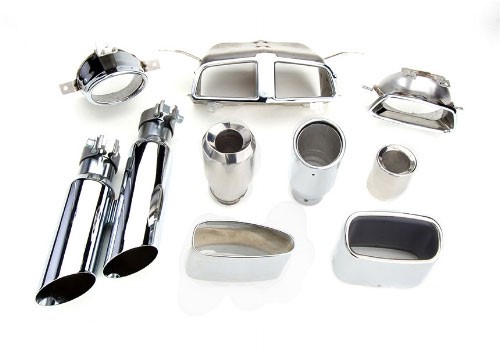
Moreover, a polished metal can adequately reflect light. All of these combines to offer a wide range of application to the polishing process in manufacturing. Thus, industries like the medical, aerospace, and electrical industries use polishing on several metal parts. The applications of parts with polished surfaces include, but are not limited to, the following:
- Medical equipment manufacturing
- Reflectors and mirrors (e.g., solar energy concentrators, safety mirrors, etc.)
- Fire truck bumpers
- Fasteners for marine applications
- Springs and wire cracks
Pros and Cons of Polishing Surface Finish
The science of finishing services has evolved over the years, with several different applications coming to play. Polishing has its fair share of advantages and drawbacks in rapid prototyping and low-volume production.
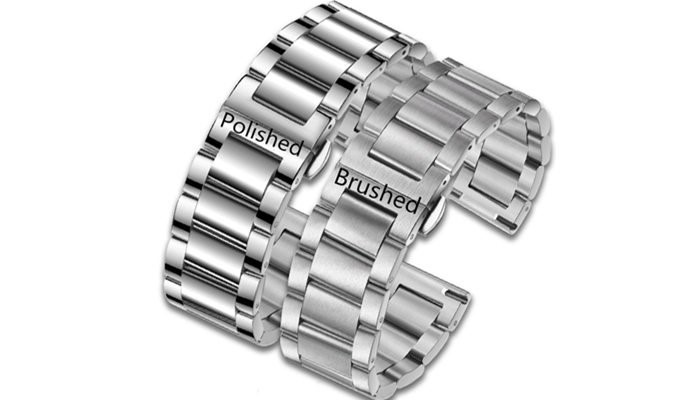
Here are some of them:
Pros of Polishing Surface Finish
- It improves the cleanability of the metal part
- It increases parts’ resistance to corrosion
- Ensures improved aesthetic appeal and surface finish
- Reduces the adhesive properties of the part
- Removes rouge from the metal surface
Cons of Polishing Surface Finish
- Mechanically polished parts may not be useful in high purity applications
- Abrasives and other compounds used may remain embedded in the material
- It can be labor-intensive
RapidDirect’s Robust Finishing Solutions
The ultimate aim of every prototyping or low-volume production process is to ensure that the end products meet quality demands. Surface finish is one of the most vital post-production processes to ensure that the products are of the required standards. We understand this at RapidDirect, and we are ready to bring your prototyping desire to reality.
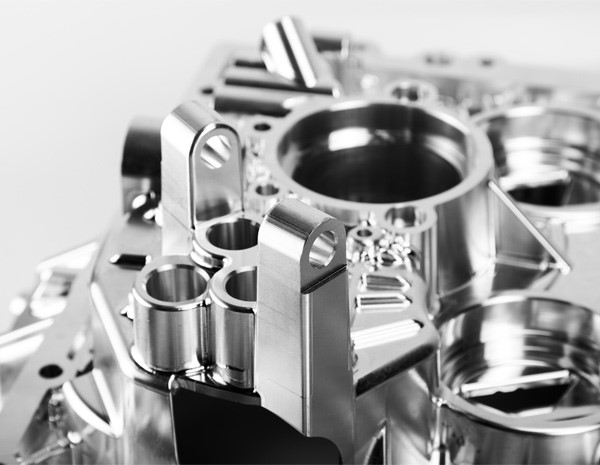
At RapidDirect, we not only have the best technicians and manufacturing techniques, but we also boast top-of-the-class finishes, including the polishing surface finish. We work with you to help you make the right choice for your machined part. The best news is that all our services come at competitive pricing. Upload your design file today to get an instant quote.
Top Tips for Polishing Surface Finish for Custom Manufactured Parts
The following are expert-guided tips to ensure that the polishing process is worthwhile:
- Employ abrasive discs with polyester films for roughing. This will ensure the generation of appropriate roughness degrees with more uniformity.
- Do not polish metal parts unidirectionally. That is, it will help if you constantly vary the directions for the polishing. This is recommended to ensure uniformity in the polishing of materials with uneven shapes and sizes.
- Use the polishing compound only sparingly. Adding too much of the polishing compound to the polishing buffing wheel will lead to the formation of grease marks on the workpiece.
- The abrasive material must be in perfect condition. That is, it should neither be too hard nor too liquid.
- A low working speed of about 900 rpm for polishers is often appropriate.
- Avoid overheating the surface and use fast-cutting pastes.
- Remove any grease marks on the component using a dry soft microfiber cloth
- Apply a little polishing compound but apply it as often as possible.
- If possible, it is advisable to polish across scratches or marks and not along them.
- Remove any lacquer from the surface of the metal component, if any, before polishing
- Always remember to put on your appropriate safety gear. The polishing surface finish process may be quite harmful if you’re unprotected.
- Each color of the polishing compound should have its unique polishing buffing wheel. Do not mix polishing compounds with different properties on the same buffing wheel.
- If you must use different polishing compounds with one buffing wheel, then you can clear up the compound residue by using a wire brush against the rotating wheel.
- Fixing your drill into a vice will help you polish smaller articles more efficiently and with ease.
- Use good wax polish to protect an already polished metal.
Polishing Surface Finish FAQs
Polishing helps to create a shiny and smooth surface on custom manufactured parts. It assists in enhancing the appearance of the parts while preventing corrosion (by removing oxidation), improving cleanability, and reducing the adhesion of the parts. The polishing surface finish also leaves the clean material surface with a significant reflective property. All of these aims at ensuring the parts meet up to customers’ expectations.
Generally, polishing compounds are abrasives. These abrasives consist of polishing powder which is mixed with fats and waxes, with the end result being a bar or cake. These abrasives smooth metal surfaces and help to apply clean, polished finishes.
Polishing and buffing are two of the most common finishing processes in the manufacturing industry. Both surface finishing methods involve smoothing surfaces of components to improve their physical properties and aesthetics. However, buffing involves using abrasives that are secured to the buffing wheel. On the other hand, polishing does not involve gluing the grit-based abrasives to the wheel. This allows for easy and quick removal/replacement of the abrasive from the wheel.
Conclusion
The polishing surface finish brings out the shine in your products’ surface. It improves the quality and performance of such products in many different ways. In this article, we discussed the various applications of the polishing finish as well as its benefits. The tips provided will also help you get the best out of the polishing process in manufacturing. At RapidDirect, we are always ready to offer you the finest polishing services for your custom parts. Our expertise will get your products to the exact specifications. Contact us today, and let’s get to work.


